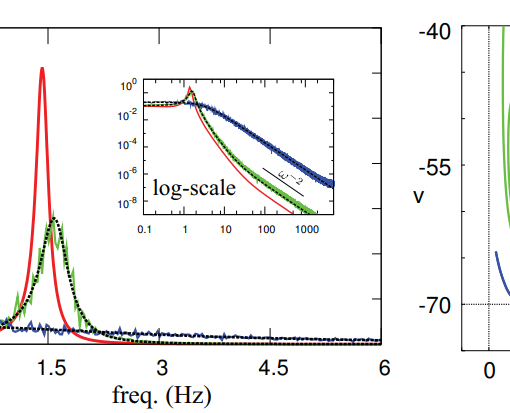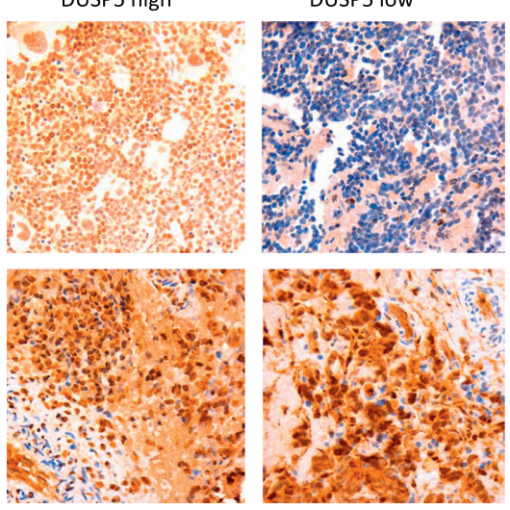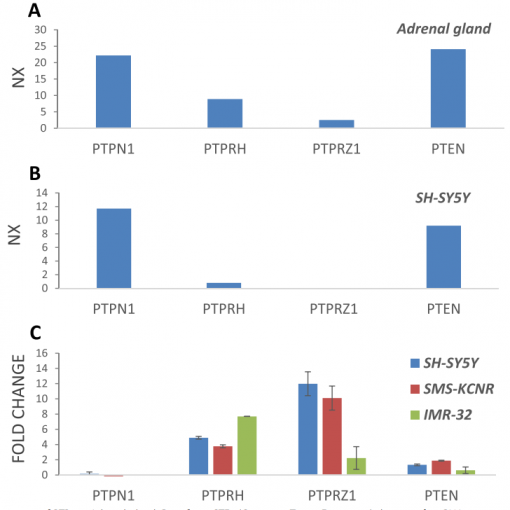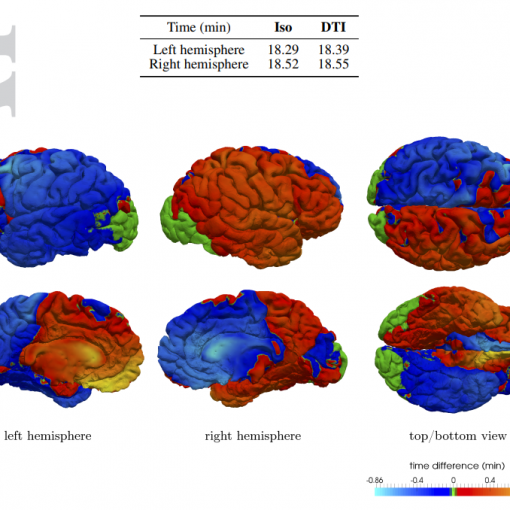Jesus M Cortes*, Mathieu Desroches*, Serafim Rodrigues*, Romain Veltz , Miguel A. Muñoz and Terrence J. Sejnowski (* Equal Contribution). Short-term synaptic plasticity in the deterministic Tsodyks-Markram model leads to unpredictable network dynamics. Proc Natl Acad Sci USA 110:16610-16615, 2013 [pdf]
Short-term synaptic plasticity strongly affects the neural dynamics of cortical networks. The Tsodyks and Markram (TM) model for short-term synaptic plasticity accurately accounts for a wide range of physiological responses at different types of cortical synapses. Here, we report a route to chaotic behavior via a Shilnikov homoclinic bifurcation that dynamically organizes some of the responses in the TM model. In particular, the presence of such a homoclinic bifurcation strongly affects the shape of the trajectories in the phase space and induces highly irregular transient dynamics; in- deed, in the vicinity of the Shilnikov homoclinic bifurcation, the number of population spikes and their precise timing are unpredictable and highly sensitive to the initial conditions. Such an irregular deterministic dynamics has its counterpart in stochastic/network versions of the TM model: The existence of the Shilnikov homoclinic bifurcation generates complex and irregular spiking patterns an -acting as a sort of springboard- facilitates transitions between the down-state and unstable periodic orbits. The interplay between the (deterministic) homoclinic bifurcation and stochastic effects may give rise to some of the complex dynamics observed in neural systems.





